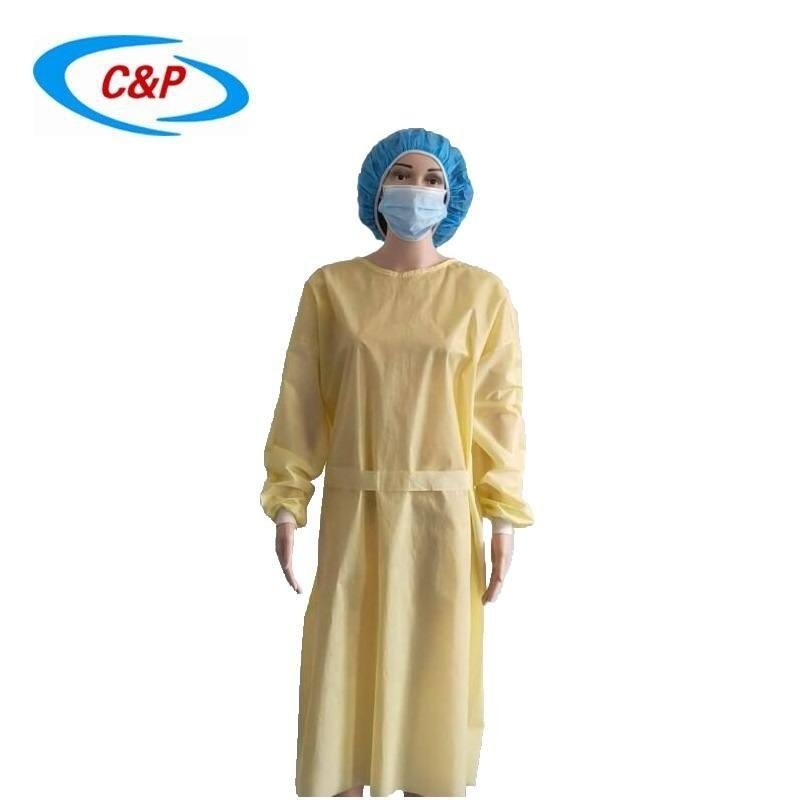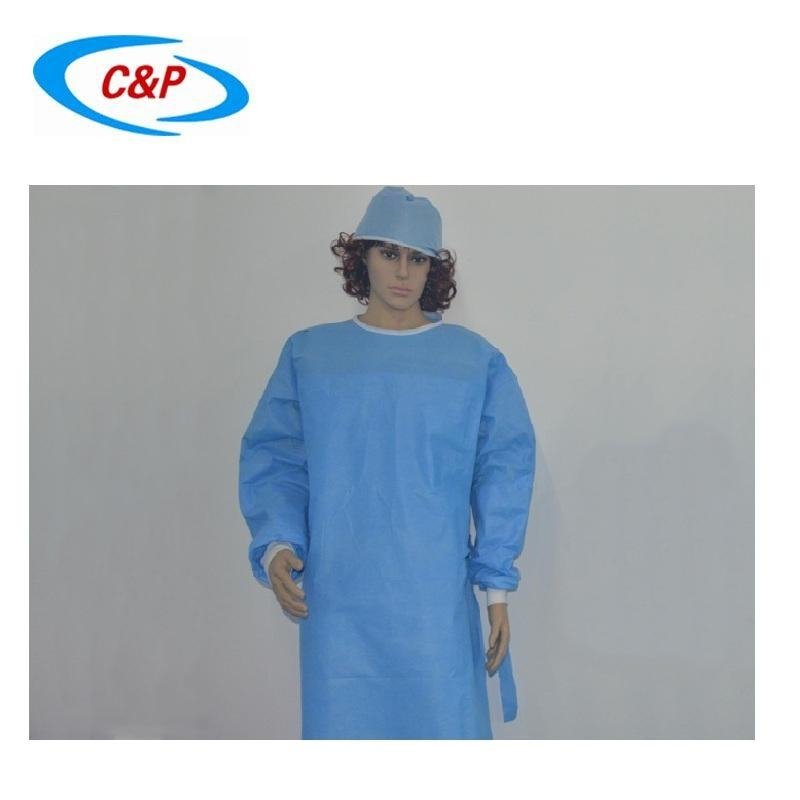Disposable isolation gown, disposable protective gown and disposable surgical gown are commonly used personal protective equipment in hospitals. But in the process of clinical supervision, there are often medical staff confused with the three. After searching the information, I'll talk about the similarities and differences of the three from the following aspects.
I. Function
Disposable isolation gown: it is used for medical personnel to avoid being polluted by blood, body fluids and other infectious substances, or for protecting patients from infection. Isolation gown is a kind of two-way isolation, which can not only prevent medical staff from being infected or polluted, but also prevent patients from being infected.
Disposable protective gown: disposable protective equipment worn by clinical medical personnel when contacting with patients with Class A or infectious diseases managed according to class A infectious diseases. Protective gown is to prevent medical staff from being infected, which is a single isolation.
Disposable surgical gown: the surgical gowns play a two-way protective role in the process of operation. First of all, the surgical gown establishes a barrier between the patient and the medical staff, which reduces the probability of the medical staff contacting the patient's blood or other body fluids and other potential sources of infection during the operation; second, the surgical gown can block the transmission of various bacteria adhering to the skin or the surface of the medical staff to the surgical patients, effectively avoiding the cross infection of multi drug resistant bacteria. Therefore, the barrier function of the surgical gown is considered as the key to reduce the risk of infection during the operation.
2. Application scenario
Disposable isolation gown: 1. Contact with patients with infectious diseases transmitted by contact, such as patients infected with multidrug-resistant bacteria, etc. 2. When carrying out protective isolation for patients, such as diagnosis, treatment and nursing of large area burn patients and bone transplant patients. 3. May be splashed by the patient's blood, body fluids, secretions, and excretions. 4. Whether to wear isolation clothes when entering key departments such as ICU, NICU, protective ward, etc. depends on the purpose of medical personnel entering and the contact with patients.
Disposable protective gown: 1. In contact with Class A or patients under Class A infectious disease management. 2. When contacting suspected or confirmed SARS, Ebola, MERS, H7N9 avian influenza and other patients, the latest infection control guidelines shall be followed.
Disposable surgical gown: after strict aseptic disinfection, they are used in special operating room for patients' invasive treatment.
3. Appearance and material requirements
Disposable isolation gown: disposable isolation gown is usually made of non-woven materials or combined with materials with better impermeability, such as plastic film. It has integrity and toughness through the use of various non-woven fiber joining technologies instead of the geometric interlock of knitting and knitting materials. The isolation gown shall be able to cover the trunk and all the clothes to form a physical barrier for the spread of microorganisms and other substances. It shall be impermeable, wear-resistant and tear resistant. The isolation suit can be reused or disposable, without a hat, and it can be waterproof or not.



